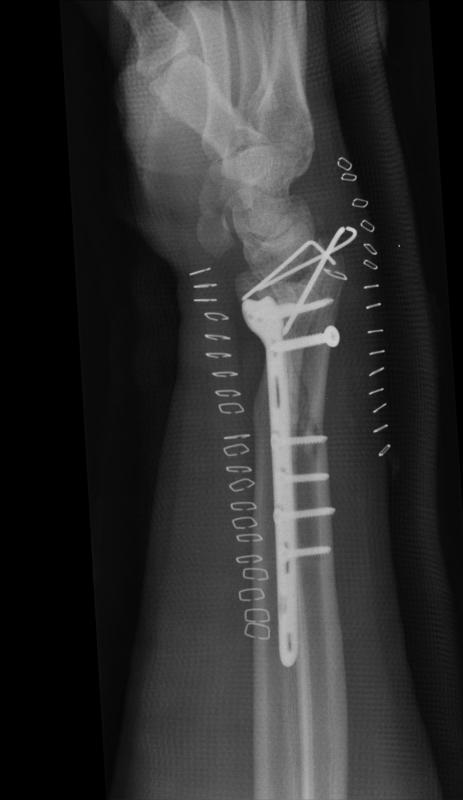At WiseGEEK, we're committed to delivering accurate, trustworthy information. Our expert-authored content is rigorously fact-checked and sourced from credible authorities. Discover how we uphold the highest standards in providing you with reliable knowledge.
What is the Treatment for a Comminuted Fracture?
Treating a comminuted fracture is usually more complicated than treating other types of fractures because the damaged bone is broken into three or more pieces. A simple resetting of the bone is not usually possible, as it is with other fractures. The treatment for this type of damage to the bone usually involves surgery. The surgeon places internal stabilizers, such as screws or metal plates, into the broken pieces of bone to keep them in place. After surgery, an extended period of immobilization is necessary to allow the bone to heal.
If this kind of fracture is not severe, it may be possible to realign the broken pieces of bone through a surgical procedure known as a fracture reduction. The injured area is opened, and the fragments of bone are placed back where they belong. If there are not too many pieces, or if the pieces are large enough, they will grow back together on their own.

A severely comminuted fracture may need additional treatment to heal properly. During surgery, the doctor may place screws or plates on the pieces of bones to keep them from slipping out of place while the body heals. These fixtures may be left in permanently or may be removed once the bones have healed completely.
In order to treat a particularly severe fracture of this kind, it is sometimes necessary to use a form of specialized cement to glue the pieces back together. This is not usually done because it is preferable to allow the body to fuse the bone fragments together on its own. A doctor will usually only chose to use this type of treatment if more conservative treatments are unsuccessful or impractical.

Once the bones of a comminuted fracture are set back in place, the next part of the treatment is immobilization. A cast, usually made out of fiberglass, is put around the injured bone, keeping it still until it is fully healed. While fractures usually take six weeks or more to heal, this kind of fracture may require a number of months or more.
A patient with a comminuted fracture may be in a considerable amount of pain both before the bones are set in place and after. The pain associated with this injury can be treated with a number of different pain killers. Most patients are given prescription pain medication to take after undergoing surgery.
AS FEATURED ON:
AS FEATURED ON:
















Discuss this Article
Post your comments